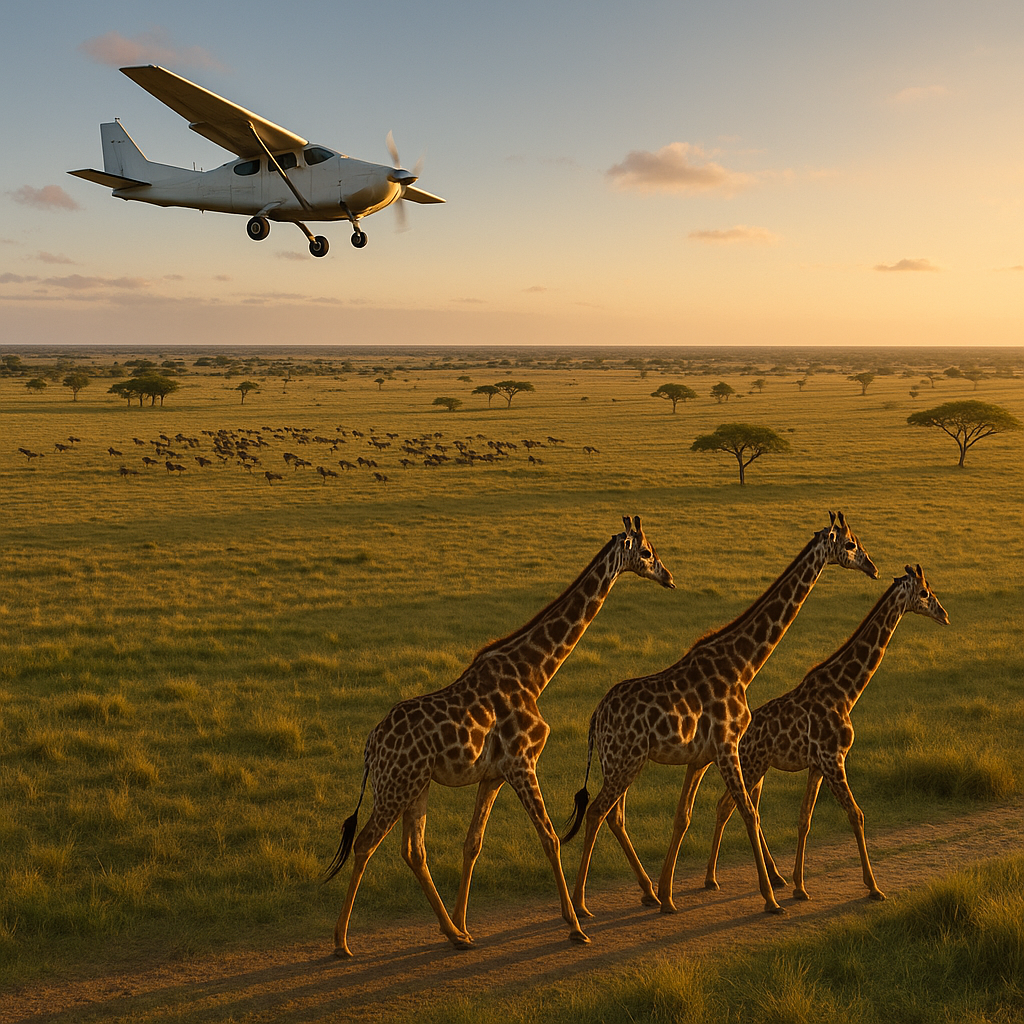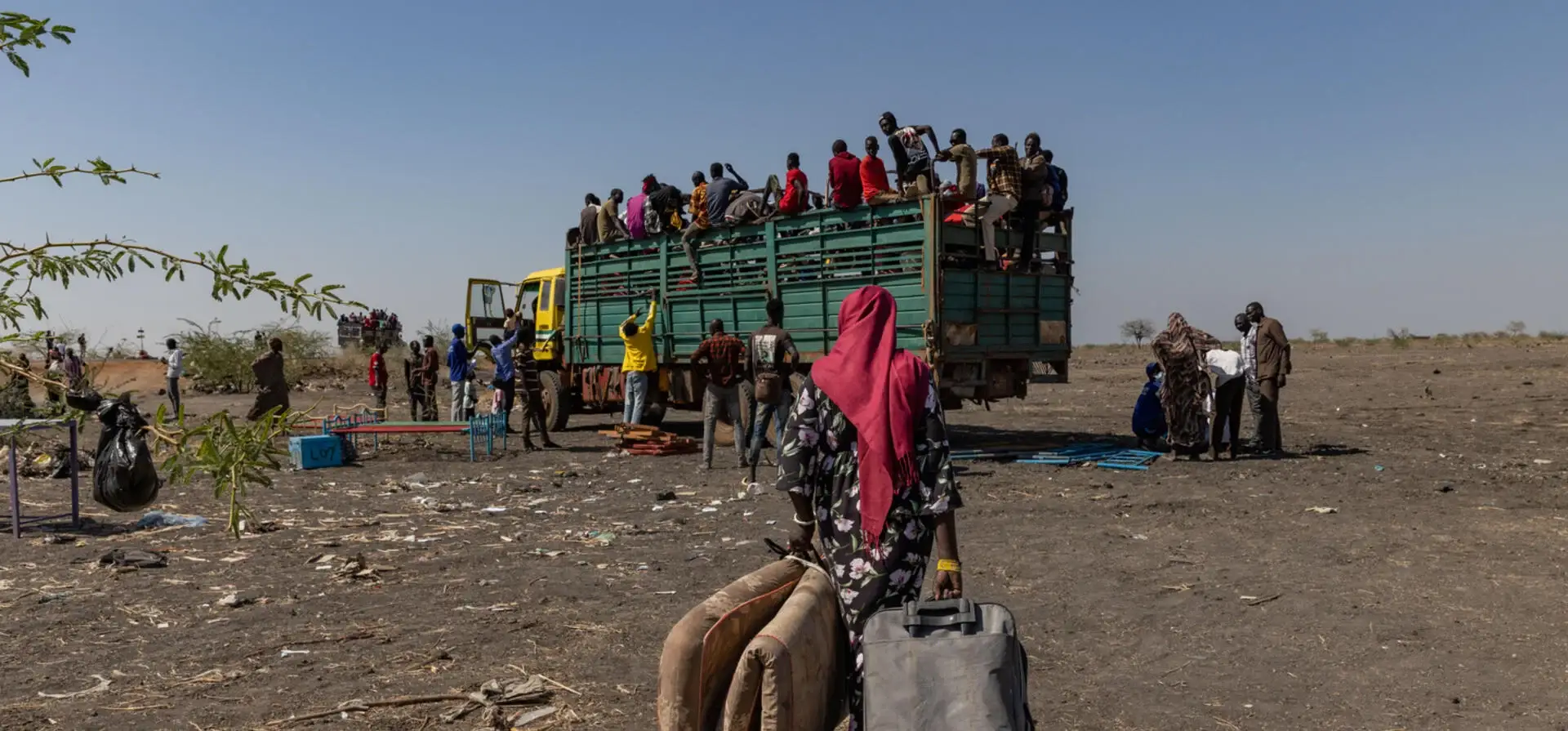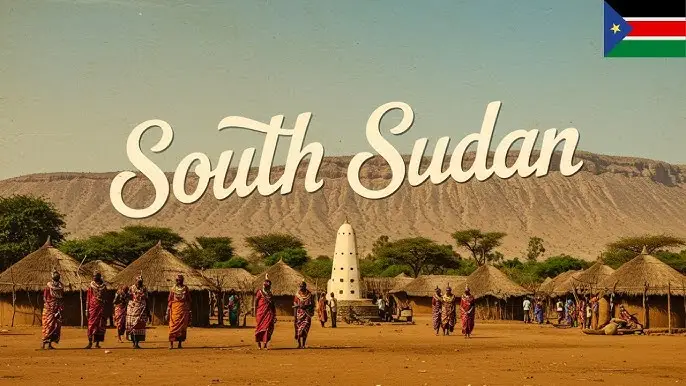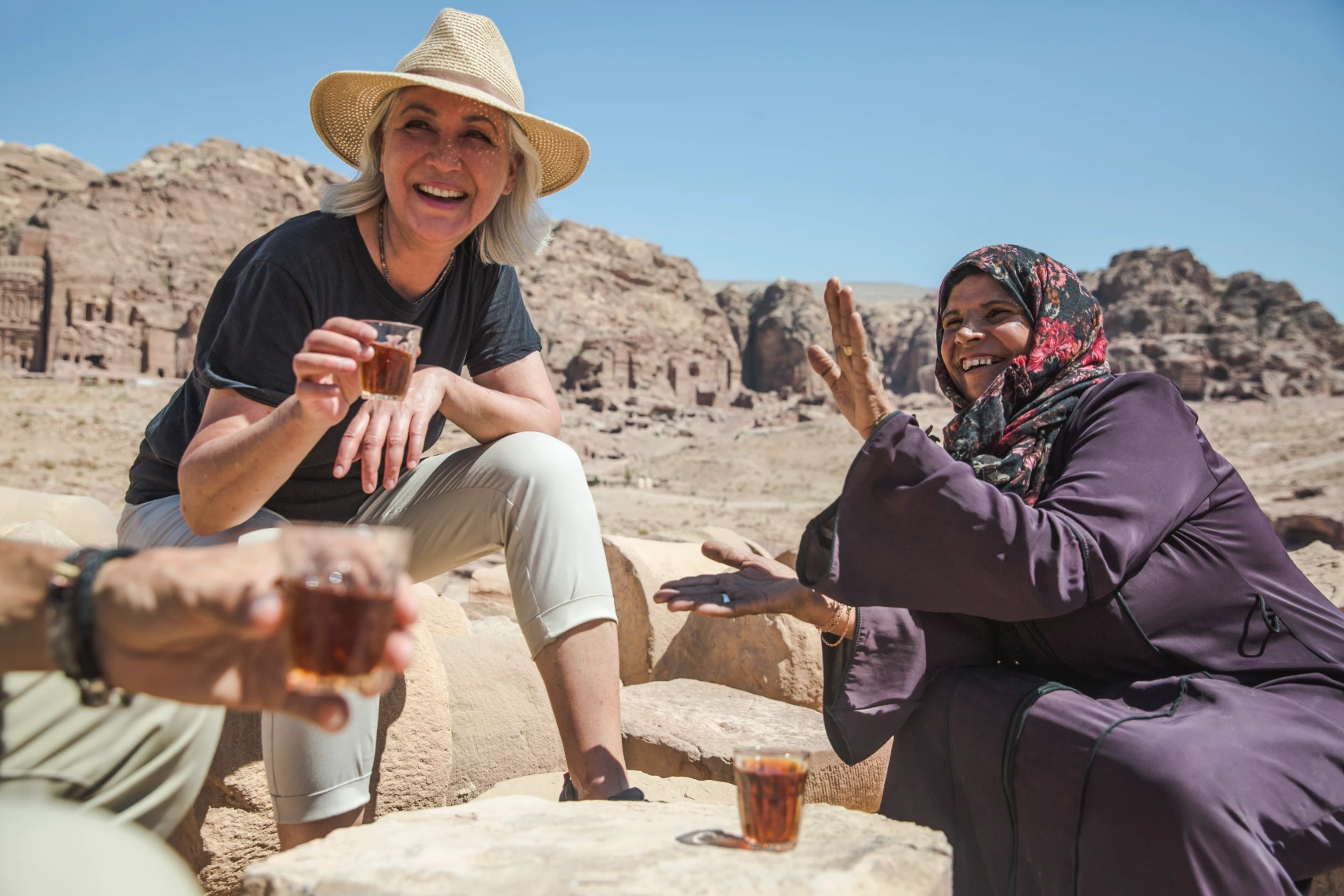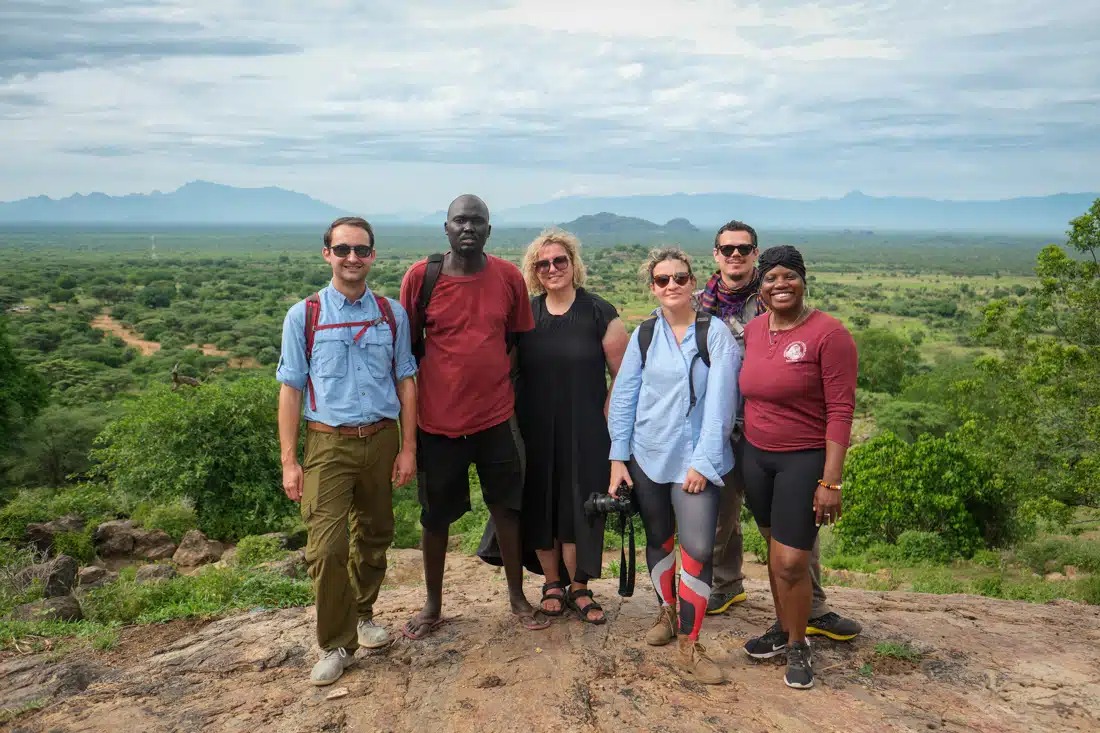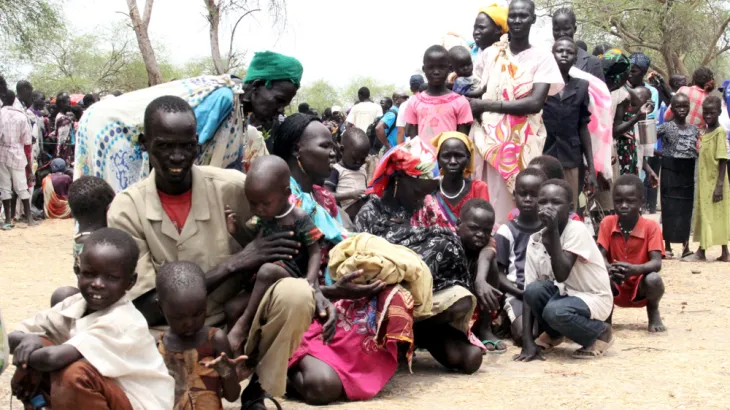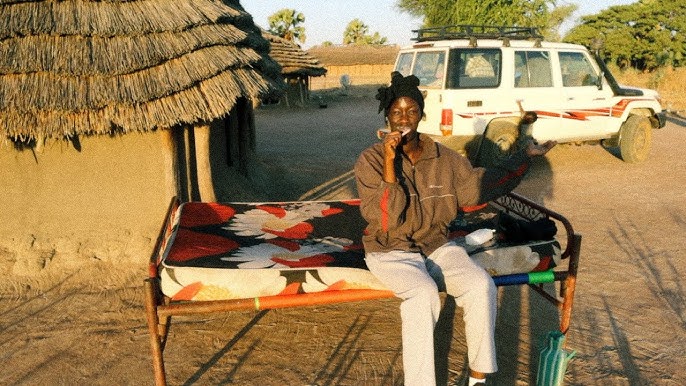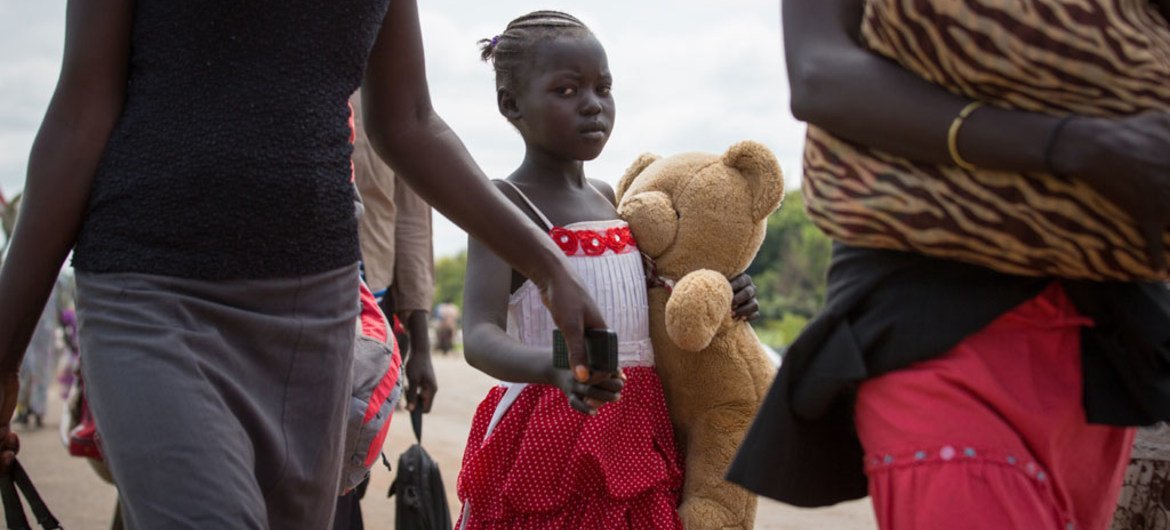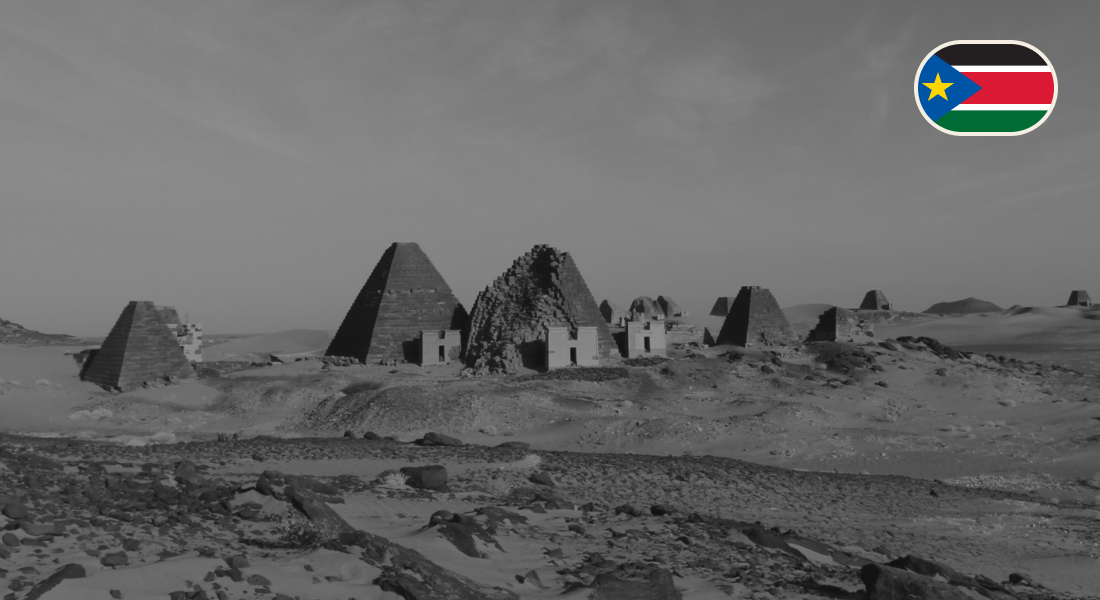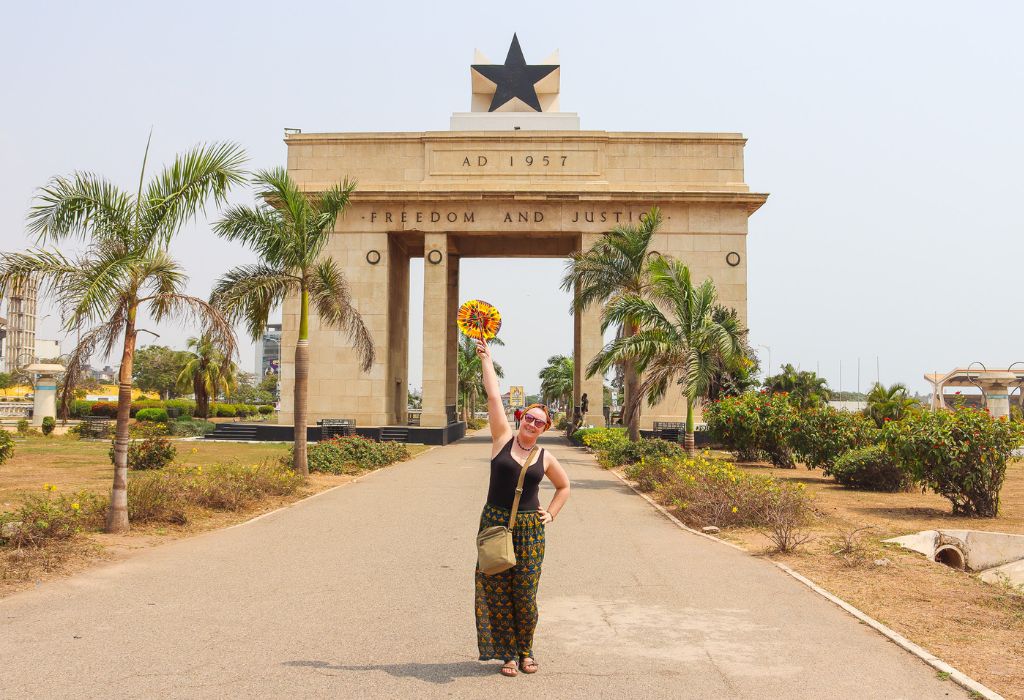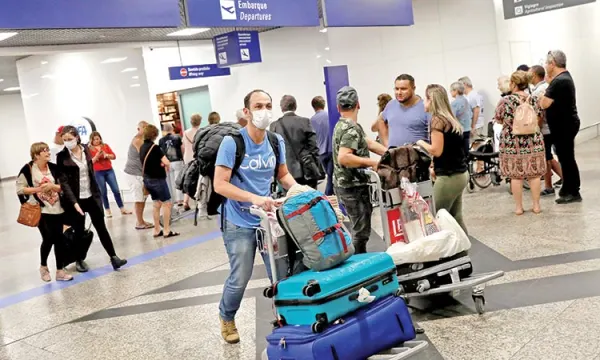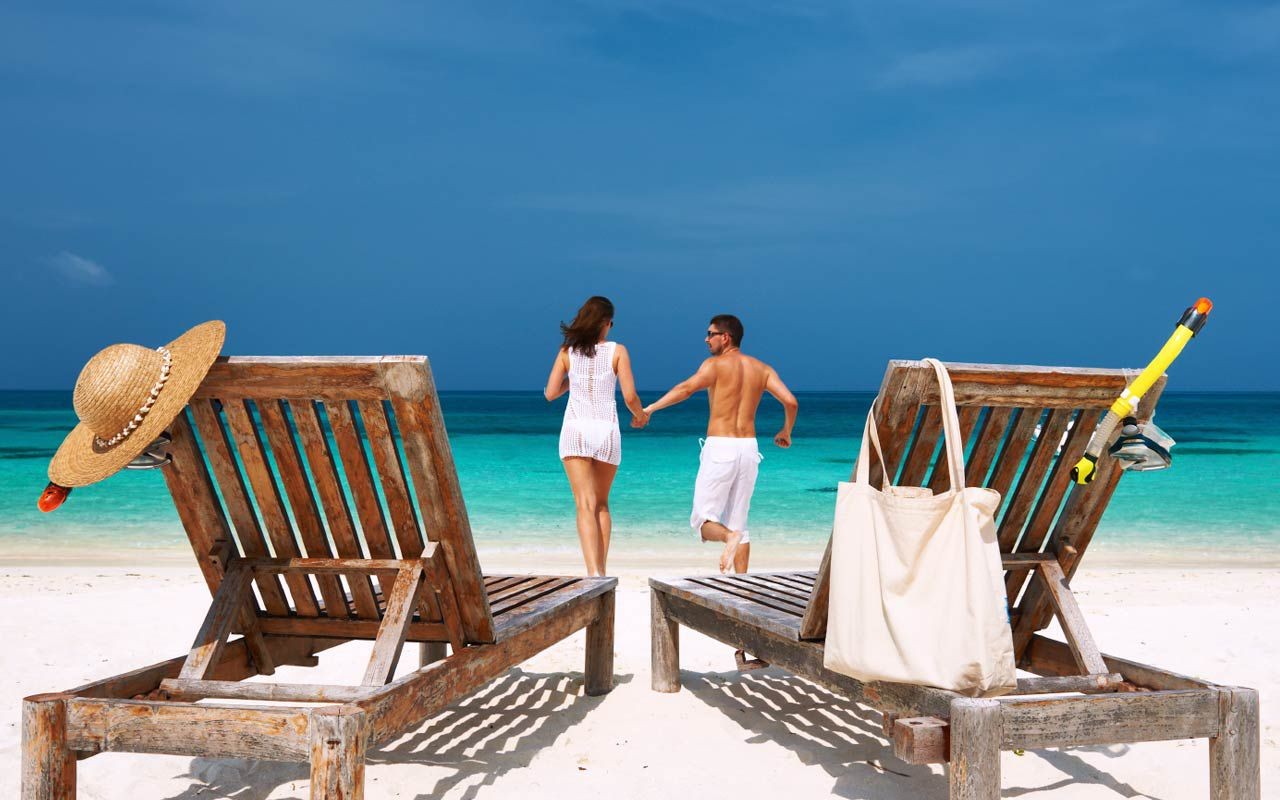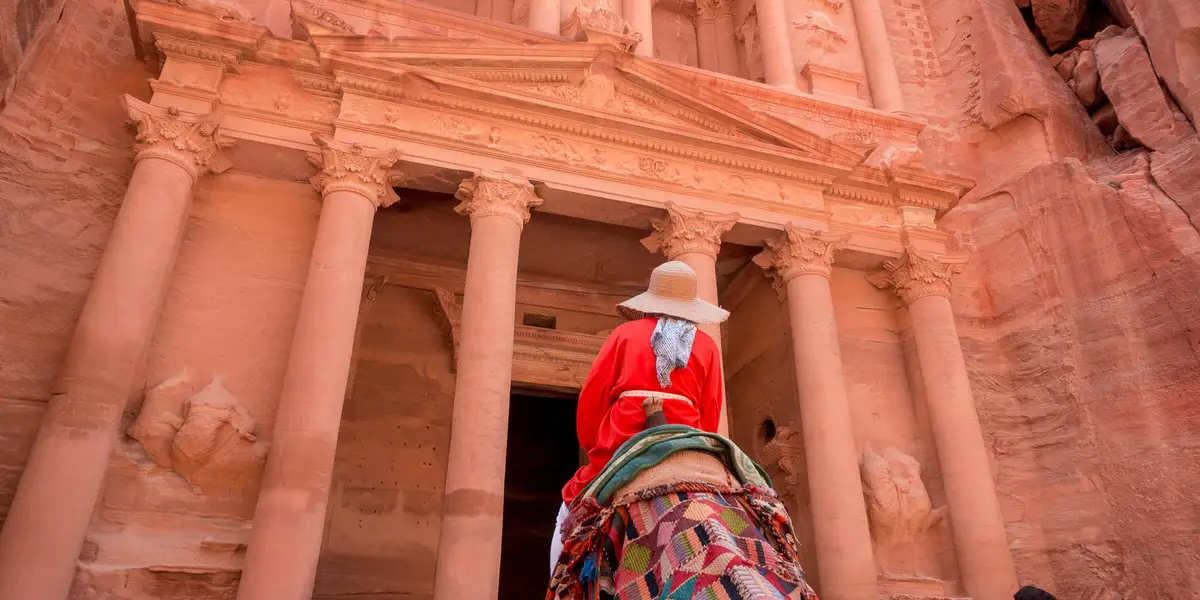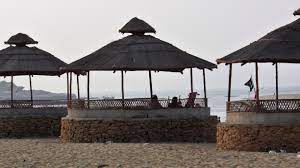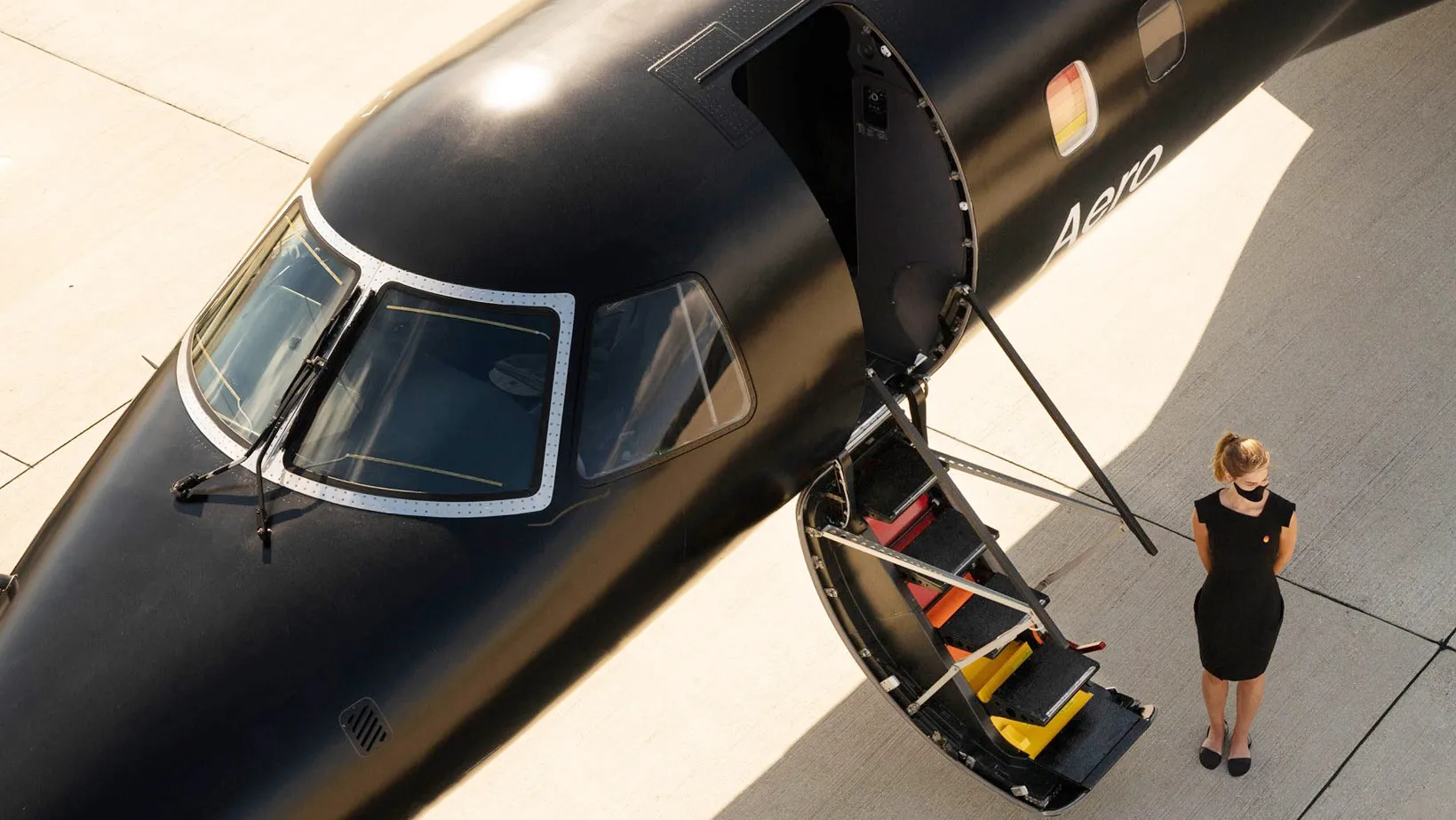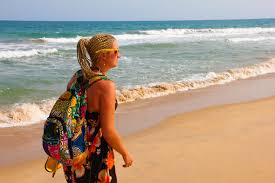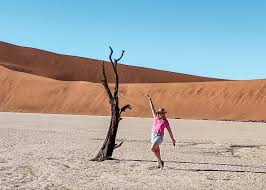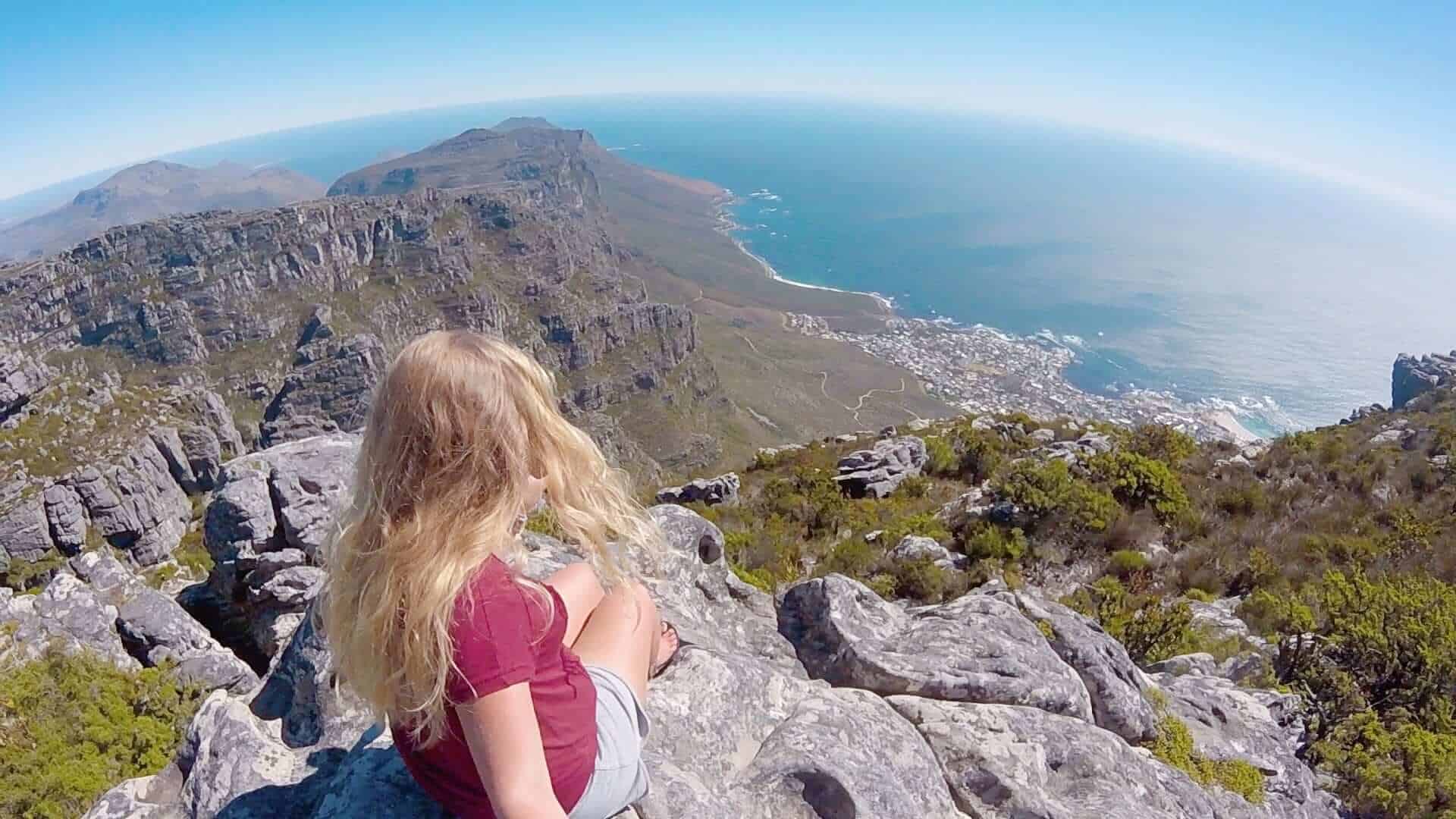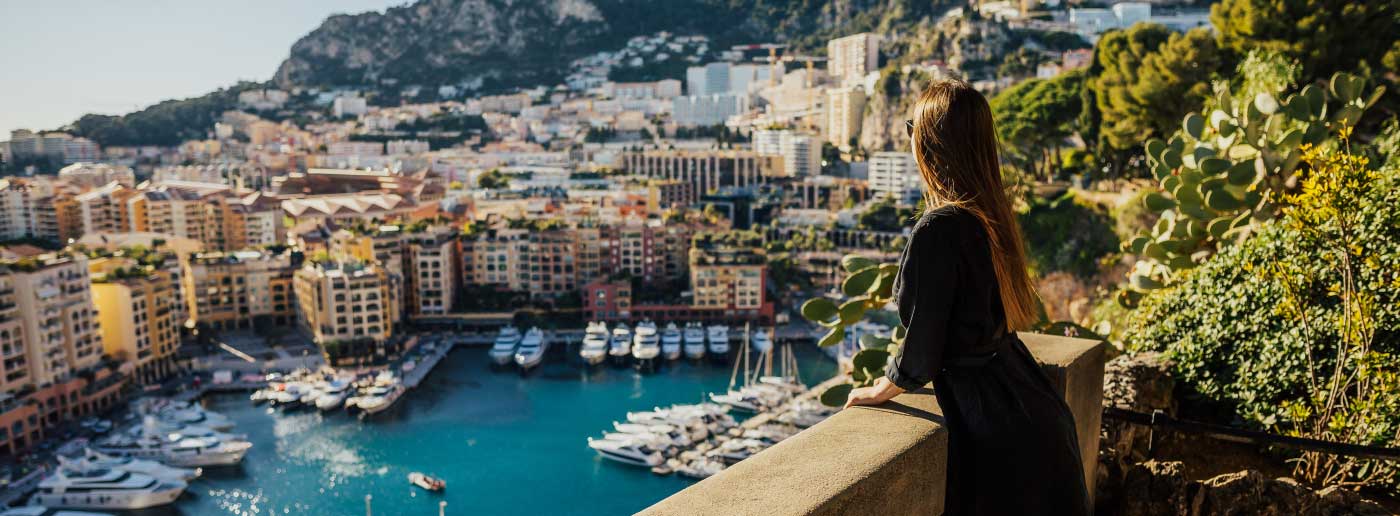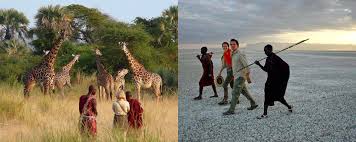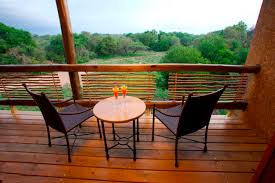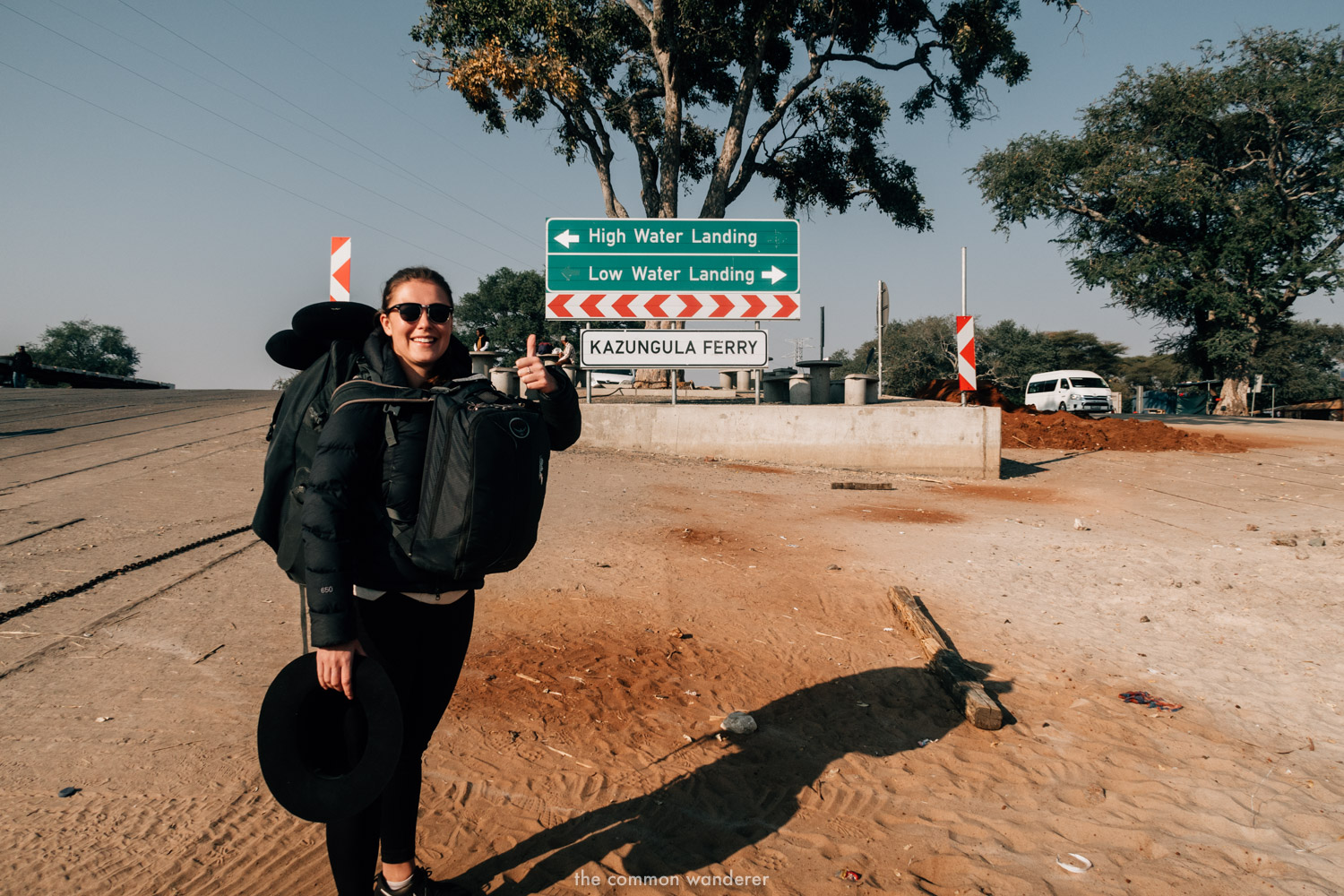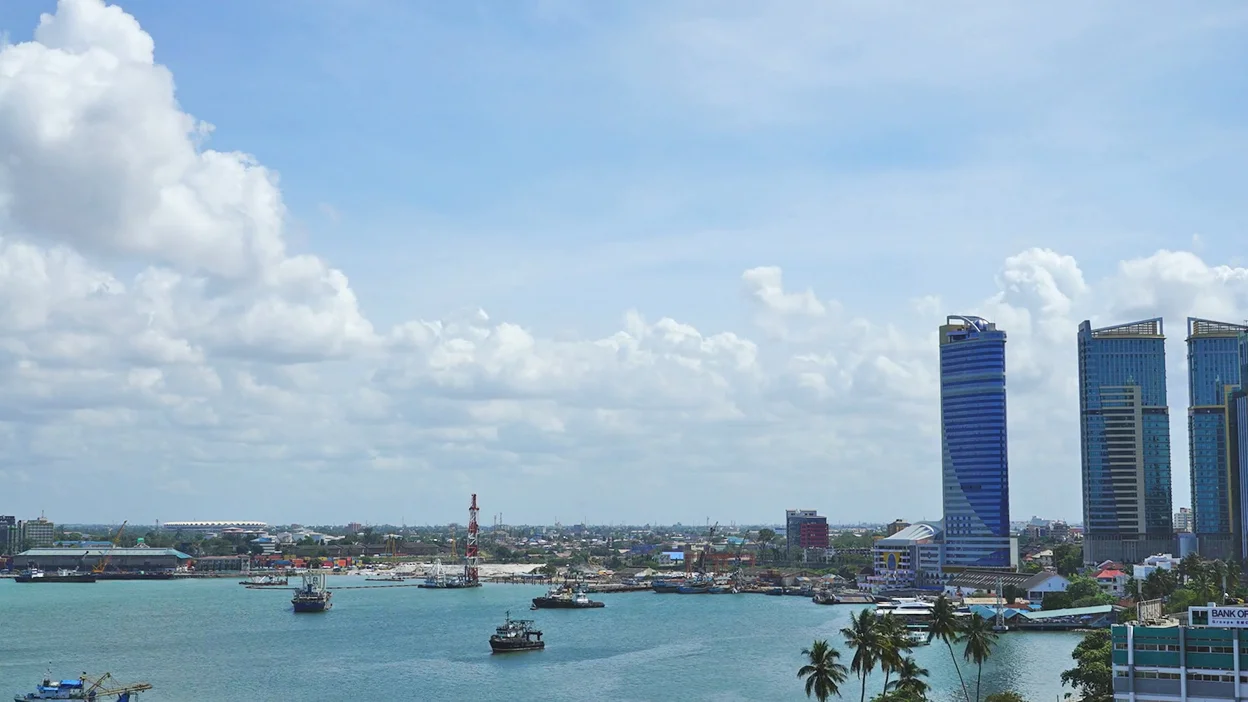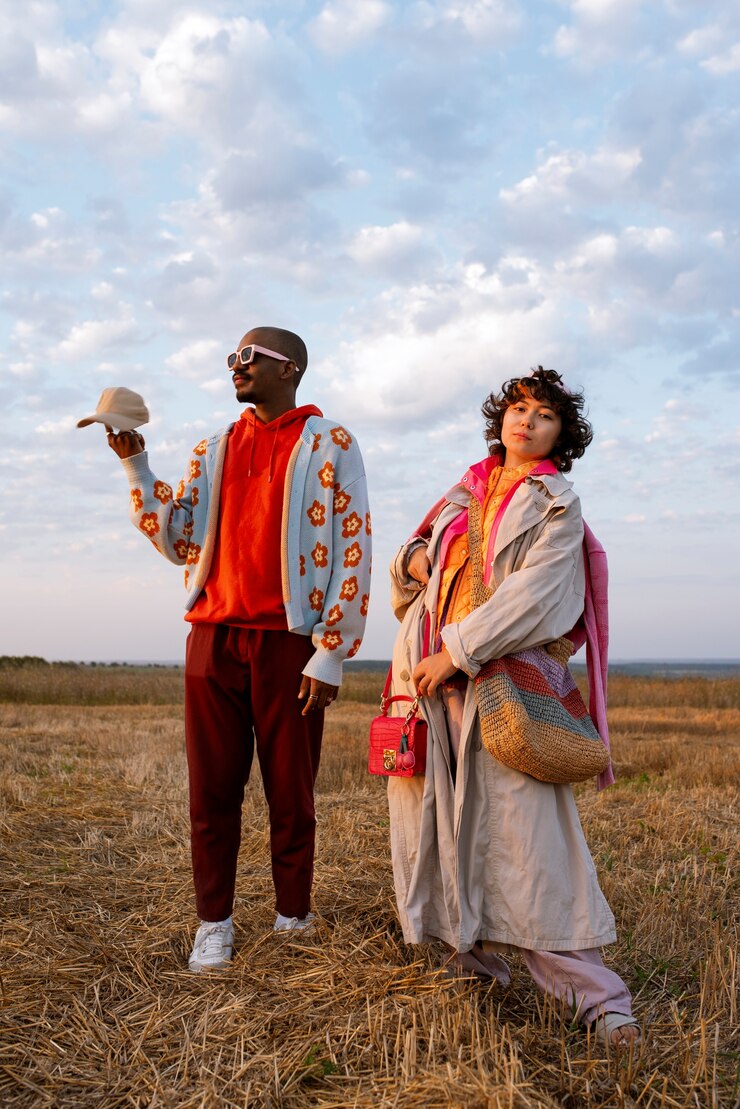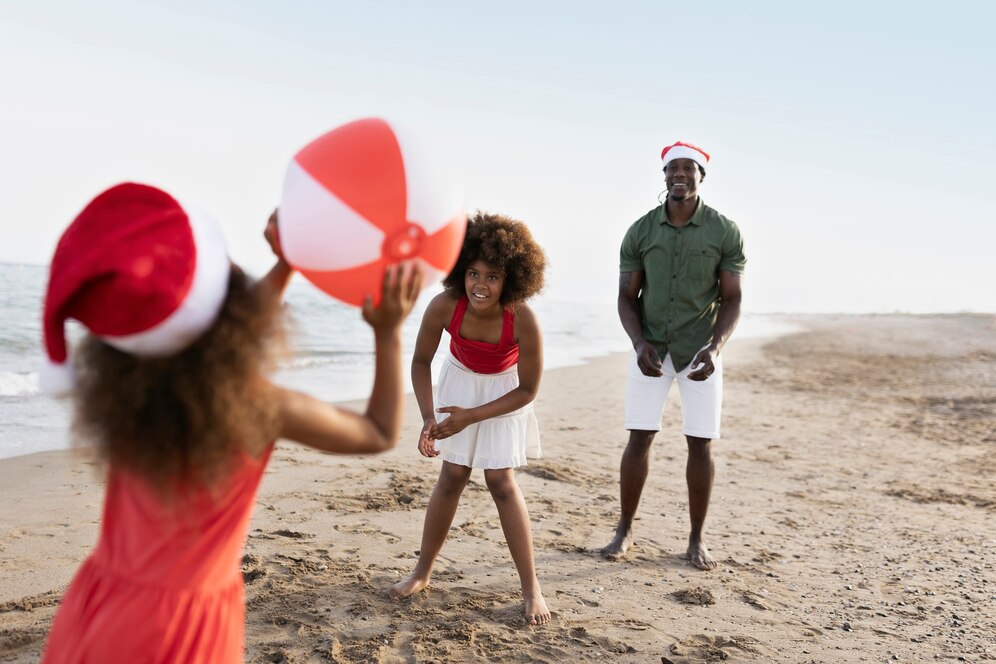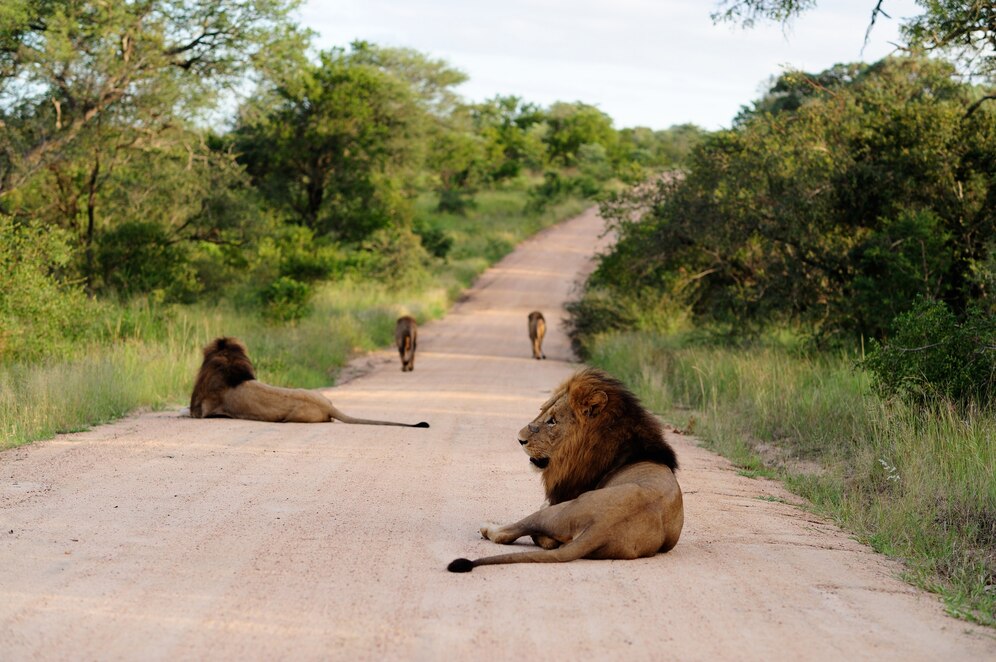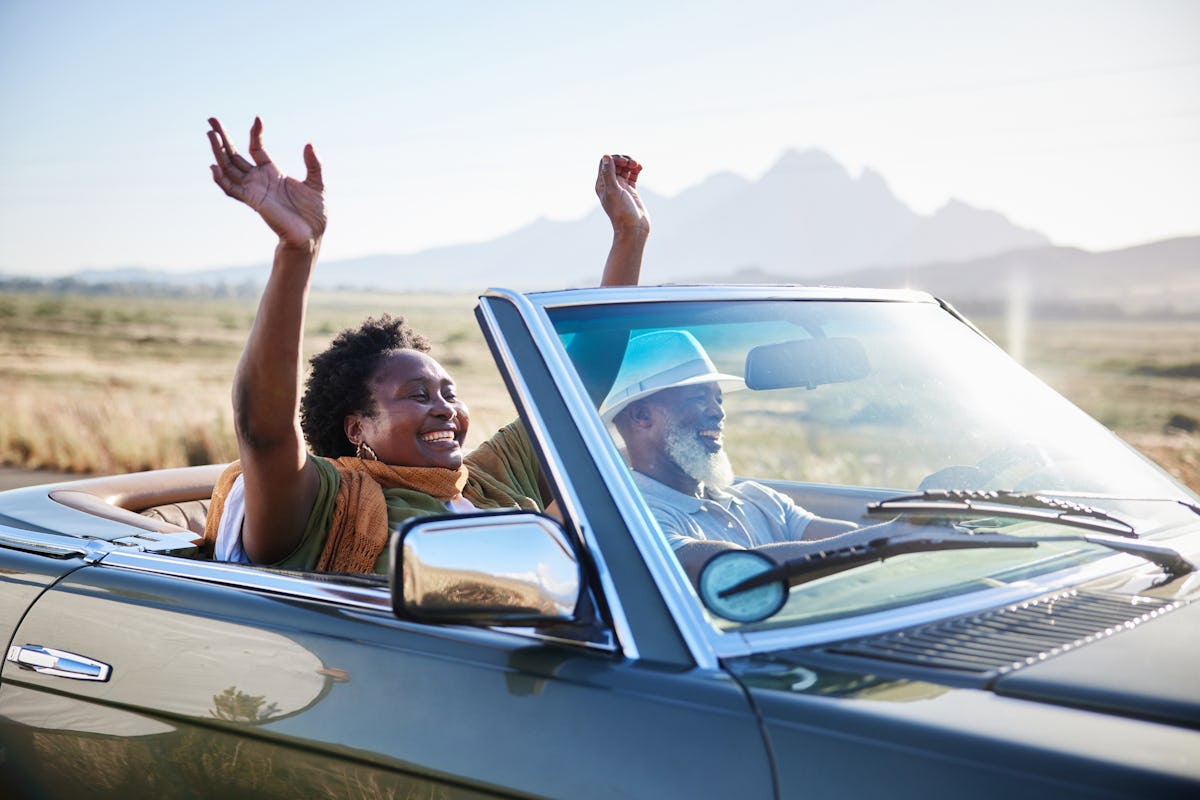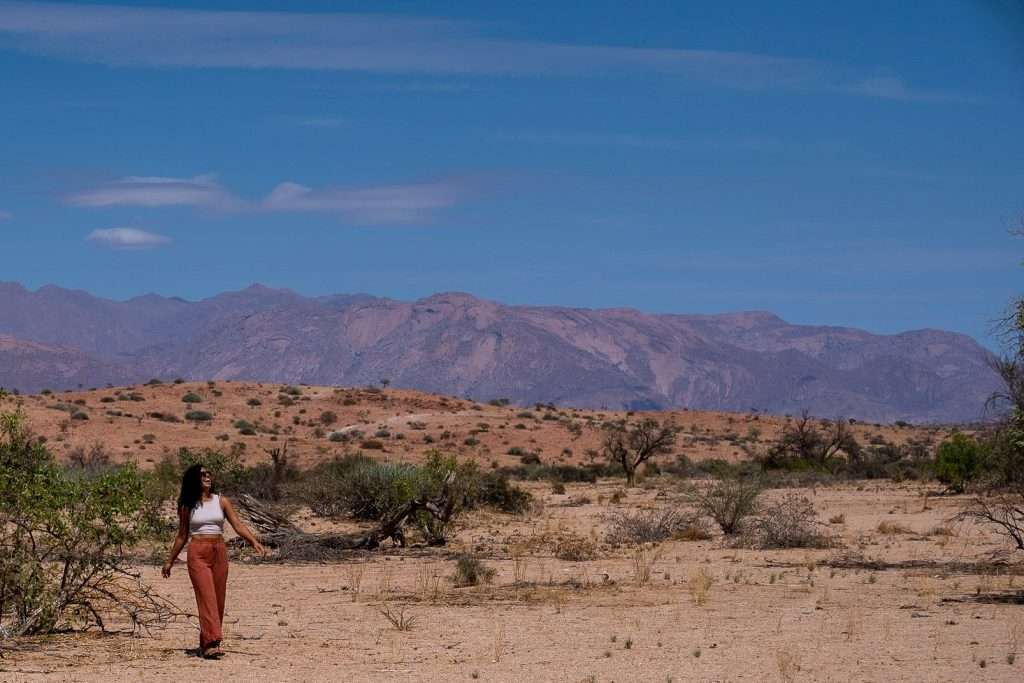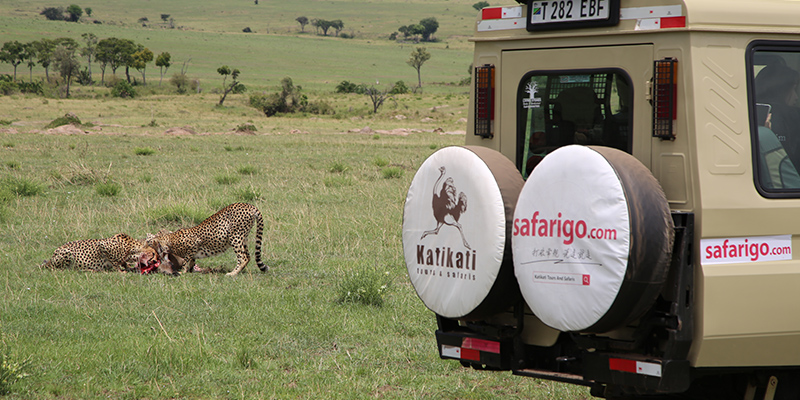
Beyond Borders: A Moldovan Girl’s Dream of Exploring South Sudan
Travel has always been more than just airports, hotels, and Instagram pictures for me. It is about understanding how people live, what they eat, how they celebrate, and how they endure. My name is Elena, I’m 20 years old, and I come from a small country in Eastern Europe called Moldova.
While many people my age are saving up for Paris or Barcelona, my heart beats for places that seem almost unreachable. That’s why I dream about South Sudan — the world’s youngest country, a land of cattle camps, towering Nilotic people, and resilience after decades of war.
I know what you’re thinking: Why South Sudan? Isn’t it dangerous?
Yes, South Sudan is currently one of the toughest places in the world to travel. It’s not a country built for tourism, and almost every travel advisory warns foreigners to stay away. But I believe curiosity begins long before a passport stamp. So this blog is a mix of dream, research, and reflection — a personal journey into what it would mean to explore South Sudan as a Moldovan girl with passions for fitness, cooking, culture, and meeting people.
South Sudan: The World’s Youngest Country
Before diving into travel tips, it’s worth remembering that South Sudan only became independent in 2011 after decades of civil war with Sudan. Its birth was celebrated worldwide, but the young nation quickly slid into conflict again, with fragile peace agreements struggling to hold.
Why does this matter for travelers like me? Because, unlike Kenya, Uganda, or Tanzania — where tourism infrastructure is strong — South Sudan is still recovering. Roads are poor, safety is unpredictable, and services for visitors are minimal.
But at the same time, this makes South Sudan unique. It remains a raw and authentic place, where traditions like cattle herding, wrestling, and communal living remain central to life.
Is It Safe to Travel to South Sudan?
This is the number one question I had. I asked online communities, read government advisories, and even spoke to people who had been there. The consensus is clear: South Sudan is not a safe destination for solo tourists right now.
Some key safety challenges include:
-
Armed conflict and crime. Rebel groups and bandits operate outside major cities.
-
Kidnapping risk. Foreigners are seen as wealthy, which makes them potential targets.
-
Corruption. Bribes are common at checkpoints and airports.
-
Health risks. Poor healthcare, malaria, and limited access to medicine.
So if you’re a young traveler like me, the only realistic way to visit South Sudan is through:
-
A humanitarian organization or NGO.
-
A cultural exchange program.
-
Traveling with a trusted local contact or guide agency.
👉 Takeaway: Dream about South Sudan, yes. But go prepared, go smart, and go when peace has made it safer.
Juba: The Gateway to South Sudan
If I ever go, my journey will almost certainly start in Juba, the capital city. Juba sits along the mighty Nile River, and while it’s not a polished capital, it’s the heartbeat of South Sudan.
Things I’d want to experience in Juba:
-
The Nile River: watching the sunset, maybe taking a boat ride.
-
Local markets: stalls selling sorghum flour, fish, bright fabrics, and carved crafts.
-
Restaurants & cafés: where I can finally taste authentic South Sudanese food.
-
Gyms: Yes, there are a few gyms in Juba catering to expats and locals.
Fitness Culture in South Sudan
One of my hobbies is fitness, so I asked myself: Would I find gyms in South Sudan?
In Juba, yes — though don’t expect modern European fitness chains. Expats often work out at gyms attached to hotels or community centers. Some facilities have weights and cardio equipment, enough to keep a routine going.
Beyond gyms, South Sudan has a natural fitness culture:
-
Traditional wrestling among tribes like the Mundari.
-
Daily farming and herding activities which require real strength.
-
Walking long distances, often barefoot, in rural areas.
For someone like me, it would be inspiring to see how fitness is not a hobby but a way of survival in South Sudan.
South Sudanese Food: A New Culinary Adventure
Food is one of the main reasons I travel. South Sudanese cuisine is simple, hearty, and tied to the land.
Some dishes I dream of tasting:
-
Kisra: a sorghum-based flatbread, sour and slightly spongy.
-
Asida: thick porridge eaten with meat or vegetable stews.
-
Ful medames: a fava bean stew, common in Sudanese cuisine.
-
Goat or fish stews: often with okra, tomato, and peanut flavors.
-
Roasted meats: cooked over open fires in villages.
Restaurants in Juba often serve a mix of local and international dishes. Popular spots include:
-
Afex River Camp: known for its food and Nile views.
-
Notos Lounge: a mix of international and African cuisine.
-
Street stalls: where you can grab grilled meat skewers or bean dishes.
👉 As someone who loves to cook, I’d bring recipes back to Moldova — experimenting with sorghum flour or peanut-based stews.
Meeting South Sudanese People
One of my curiosities is how South Sudanese people would see me as a Moldovan girl. Moldova is not well known, so I imagine many would ask: Where is Moldova?
But from stories of travelers, South Sudanese people are warm and welcoming to foreigners, especially if you respect their traditions.
And yes, let’s address the stereotype: South Sudanese are among the tallest people in the world. The Dinka and Nuer communities are famous for their height. For someone curious about meeting tall men (like me, jokingly but also seriously), South Sudan would be a fascinating place.
Day and Nightlife in South Sudan
Unlike European capitals, Juba’s nightlife is limited. There are a few bars and lounges, often catering to expats. Safety is a concern at night, so most evenings are spent in hotels or compounds.
Daytime offers more cultural experiences:
-
Visiting the Mundari tribe and their cattle camps.
-
Watching traditional wrestling matches.
-
Exploring local markets for fabrics and spices.
For vibrant nightlife, however, neighboring Uganda (Kampala) or Kenya (Nairobi) are much better options.
Where to Swim in South Sudan?
Swimming is another hobby of mine, but here’s the truth: South Sudan is not the place for casual swimming.
The Nile River runs through Juba, but it’s not safe for swimming because of:
-
Dangerous currents.
-
Risk of crocodiles and hippos.
-
Waterborne diseases like bilharzia.
Hotels in Juba sometimes have swimming pools, which are the safest option. Otherwise, swimming is a better hobby for Uganda or Kenya, which have safe lakeside resorts and hotel pools.
Lessons I’ve Learned About South Sudan
Through research, I’ve learned some valuable lessons:
-
Patience is key. South Sudan is a dream for the future, not a destination for this year.
-
Safety before adventure. No matter how curious I am, my safety comes first.
-
Travel with purpose. Going to South Sudan makes the most sense if I’m volunteering, working, or researching.
-
Cultural respect matters. Dressing modestly, learning greetings, and respecting traditions would be essential.
-
Start nearby. Visiting Uganda or Kenya first is a safer way to get a taste of Nilotic culture.
Why South Sudan Still Inspires Me
Even after hearing all the warnings, I remain fascinated by South Sudan. Maybe because it represents something rare in travel: a place not yet packaged for tourists. A place that is real, raw, and challenging.
For me, South Sudan is not about luxury hotels or bucket-list Instagram shots. It’s about curiosity, empathy, and the hope that one day peace will bring stability, making it possible for travelers like me to explore safely.
Until then, I’ll keep researching, cooking South Sudanese-inspired meals in my Moldovan kitchen, and perhaps visiting Uganda, Kenya, or Ethiopia first. Those journeys will prepare me for the day I finally step into Juba, meet its people, and write Part Two of this blog — not from my desk in Moldova, but from the banks of the Nile itself.
South Sudan is not ready for mass tourism, but it is ready for understanding. Even if I can’t visit today, dreaming about it has taught me something important: travel begins long before you buy a plane ticket.
For now, South Sudan remains a dream — but one day, I hope it becomes my reality.

